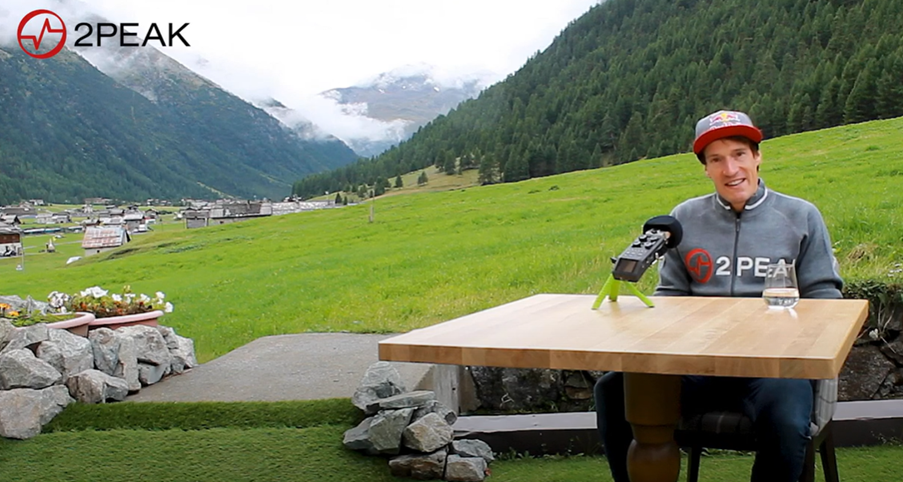Training as the seasons change is always difficult to navigate and has is particularly difficult in this unique year. We caught up with IRONMAN world Champion Sebastian Kienle about how he is currently managing training and how us mortal amateurs should also train through these times.
Interview with Sebastian Kienle
2PEAK: We have a longer phase without goals/competitions behind us and one with unknown duration still ahead of us. What is the ideal way to approach this in training?
Kienle: As a professional, it is of course different from being an amateur. First you should set a goal for yourself. The goal can also be in October 2021 or 2022. Next, it’s certainly a good idea to set intermediate goals on this (then very long) path, in this case not races but tests or time trials that you can also do on your own. It is important to take some freedom and to do what you want to do.
2PEAK: Is a break necessary in a year where we had few/no races and if so, how long should it be?
Kienle: I won’t take a real break this year like I did in the past. The body probably doesn’t really need the break. It’s more the mental exhaustion and it’s not that big this year. Still, you have to take some steam out of it and it doesn’t make sense to try to stay in shape all year round. But even there are big differences between doing the sport as a professional and as an amateur.
You can read more about when you should and shouldn’t take training breaks here
2PEAK: Do you see this as a chance to overcome your weaknesses/limits?
Kienle: Absolutely. That was the big motivation for me all year round. With a long phase without races there is of course also a big chance to work long term without the pressure.
2PEAK: What do you think about specific work on technique (cadence training when running/on the bike, specific technique training when swimming, etc.) What is the best way to proceed?
Kienle: This is certainly one of the main points to focus on right now. Especially over the long distance many athletes have hardly any limits regarding the intensity (in all three disciplines). To include short, very intense intervals from time to time is not only a miracle in terms of fitness but also in terms of technique.
2PEAK: What do you think about strength training during this time and what role does strength play in triathlon and endurance sports in general?
Kienle: Especially in older athletes this becomes more and more important. Strength training here doesn’t just mean putting on big paddles or kicking a big gear but working in the gym. Here you should concentrate on six to ten exercises. In the current phase you can do a bit more, but even in summer you should not stop the program completely.
2PEAK: What do you think about the reverse periodization, i.e. to focus more on short intense workouts during the cold season and when the days get warmer and longer again to increase the volume? Especially for age group athletes who still have work and other priorities.
Kienle: For me, it has proved to be a good idea to light the fuse from both sides, especially this year. So on the one hand high intensity short intervals and on the other hand very long, slow training with the goal to improve fat metabolism. It’s amazing how quickly you can get into top competition form in just three weeks, in which you train specific, longer intervals in race pace.
To make sure you have an optimal training plan get an individual dynamic training plan from 2PEAK. Now through the end of October get the best deal on a dynamic individual training plan for the best price with our fall/winter training plan sale
